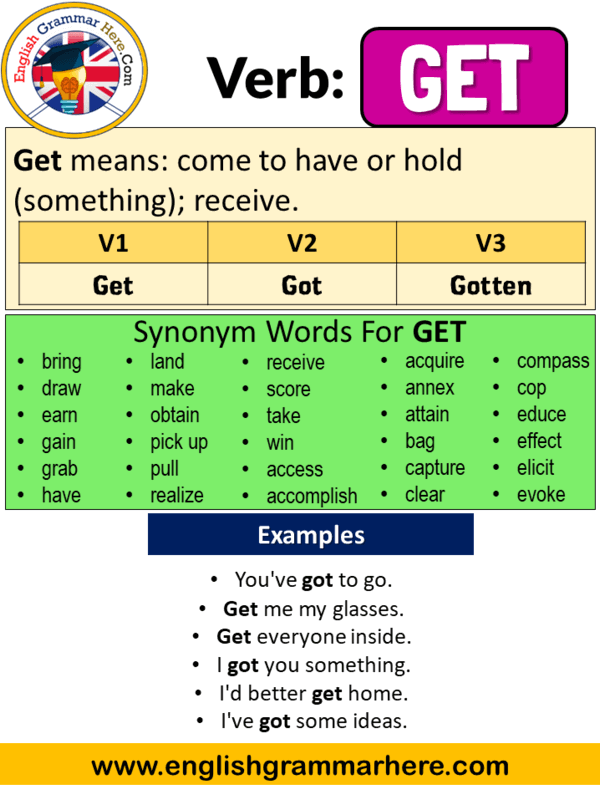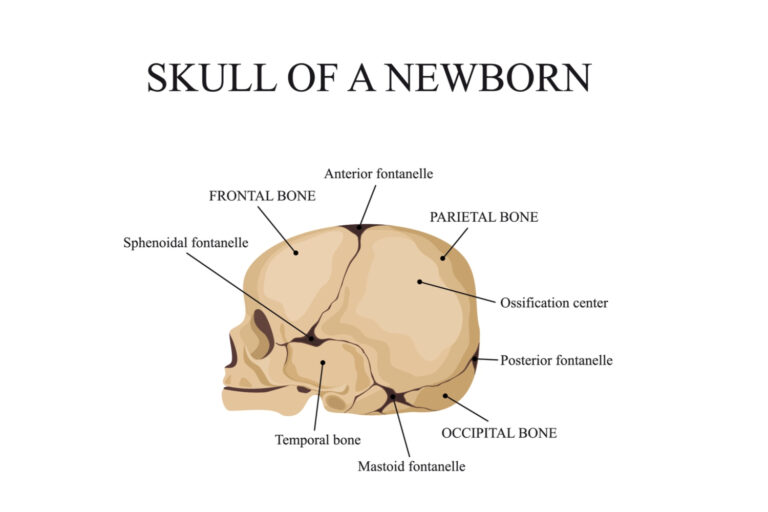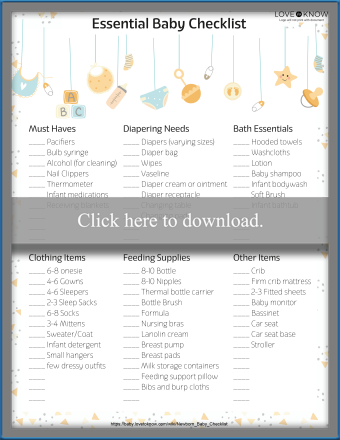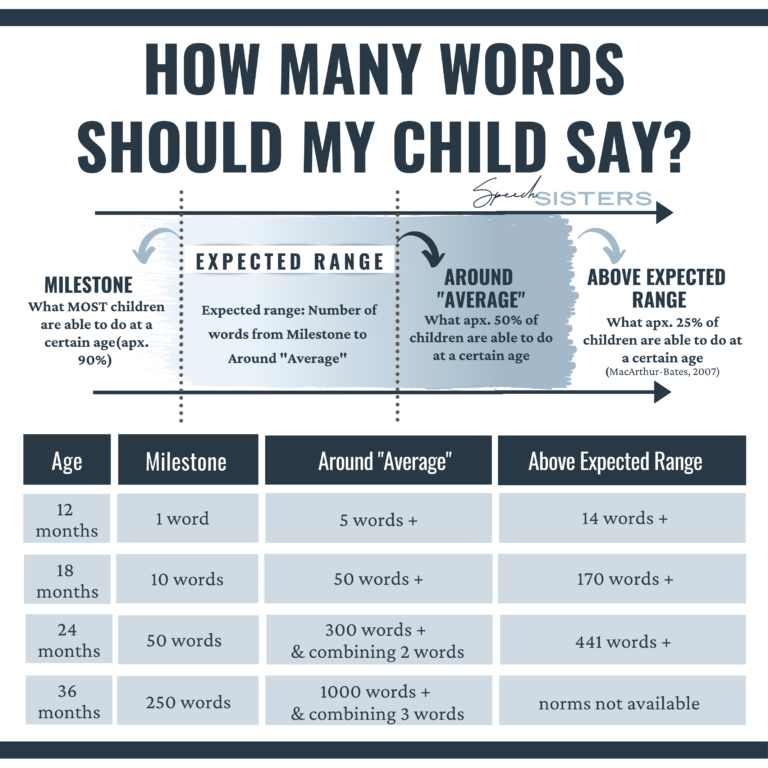How To Get A Breastfed Baby To Take A Bottle
Are you a parent struggling to get your breastfed baby to take a bottle? It can be a challenging and frustrating experience, but rest assured, you are not alone. In this comprehensive guide, we will explore effective strategies and tips to help ease the transition from breast to bottle for your little one.
Knowledge
First and foremost, it is important to understand that every baby is unique, and what works for one may not work for another. Patience and persistence are key when introducing a bottle to a breastfed baby. Start by choosing the right bottle and nipple. Look for bottles specifically designed for breastfed babies, with nipples that mimic the shape and feel of a mother’s breast. This will help make the transition smoother for your baby.
Introduce the bottle when your baby is calm and not too hungry. Trying to introduce a bottle during a fussy or hungry moment may lead to frustration for both you and your baby. Start by offering the bottle when your baby is slightly hungry but not overly hungry.
Sometimes, having someone else (like your partner or a caregiver) offer the bottle can help. Babies can smell their mother’s milk and may refuse the bottle if they know the breast is an option. Having someone else offer the bottle can sometimes make it more appealing to your baby.
Some babies prefer their milk warm, while others like it at room temperature. Experiment with different temperatures to see what your baby prefers. Make sure not to heat the milk too hot, as this can be dangerous for your baby’s delicate mouth.
It may take time for your baby to get used to the bottle. Be patient and try not to get frustrated if your baby refuses the bottle initially. Keep offering it consistently, and eventually, your baby may come around. Remember, this transition is a process, not an event.
Conclusion
In conclusion, getting a breastfed baby to take a bottle can be a challenging task, but with the right strategies and a lot of patience, it is possible. Remember to choose the right bottle and nipple, introduce the bottle at the right time, involve someone else in the feeding process, experiment with temperatures, and most importantly, be patient and persistent. This guide is aimed at parents looking to make the transition from breast to bottle feeding a smoother and more successful experience.
Overall, the key strengths of this guide lie in its practical tips and strategies for parents struggling with getting their breastfed baby to take a bottle. The target audience includes parents of breastfed babies who are looking for guidance and support in this challenging aspect of parenting.
In today’s fast-paced world, where breastfeeding and bottle feeding are both common practices, knowing how to successfully transition your baby from breast to bottle can make a significant difference in your daily routine and overall well-being. By following the tips outlined in this guide, you can make this transition smoother and less stressful for both you and your baby.






